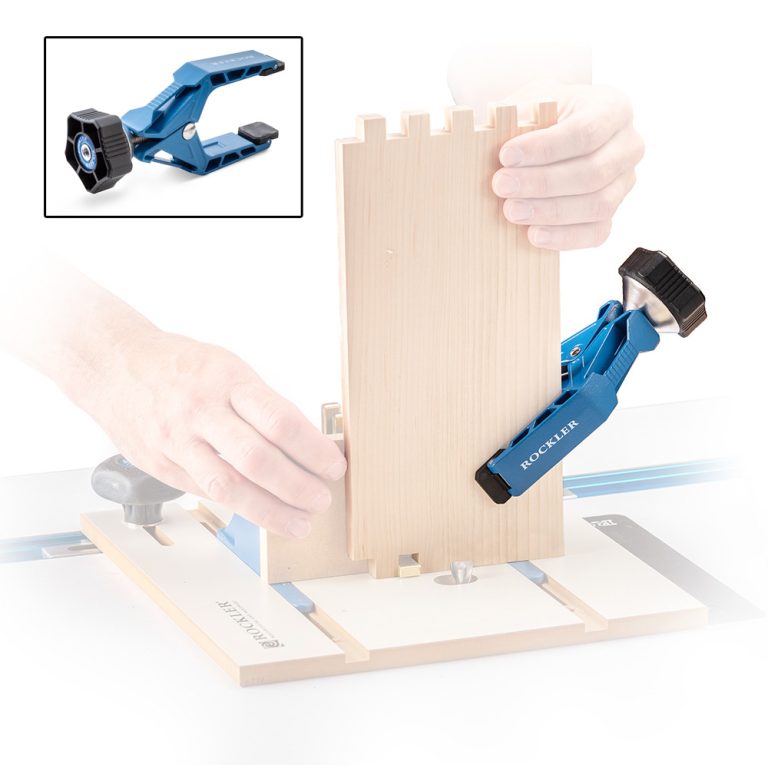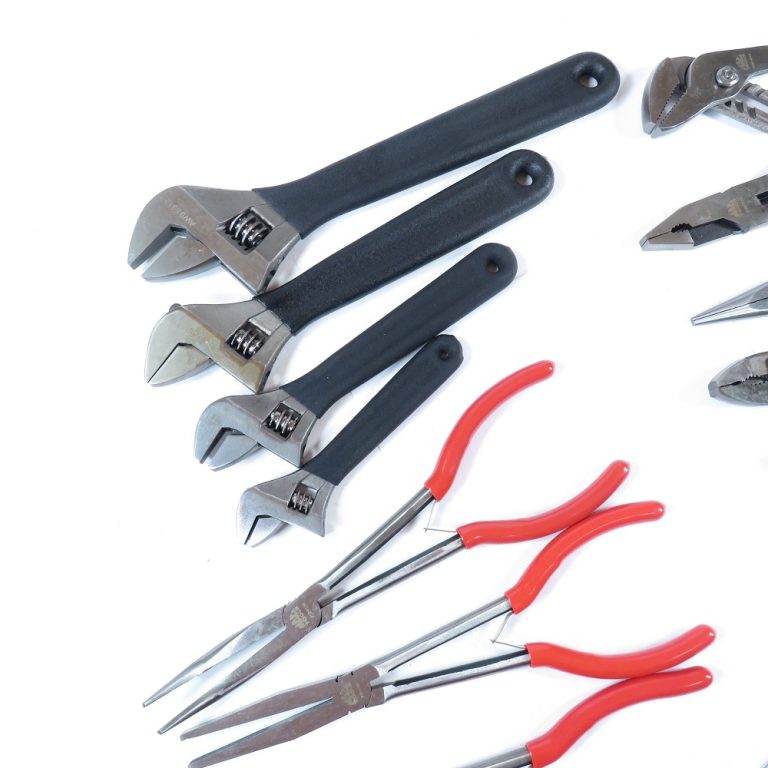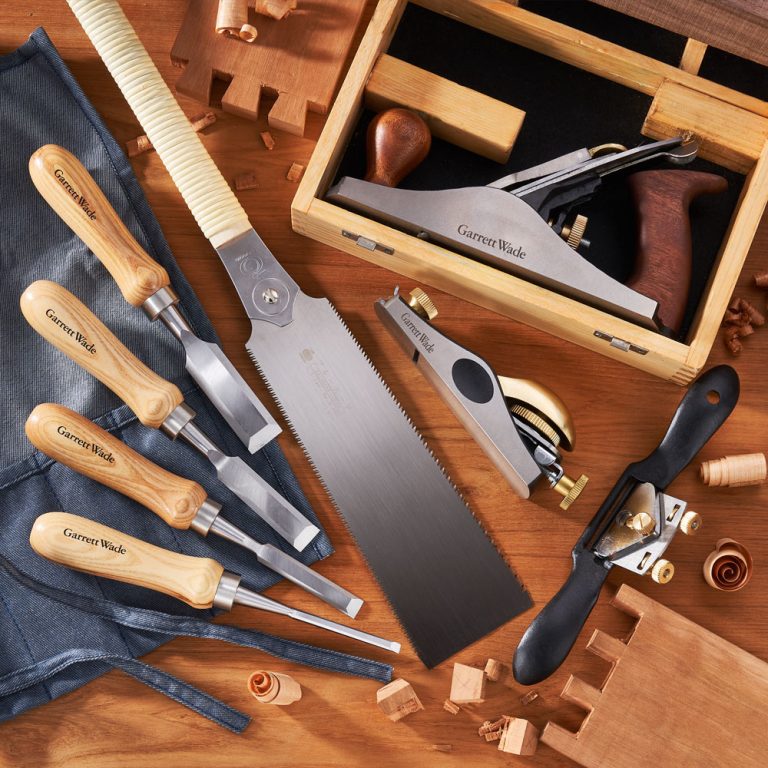The Timeless Charm of Hand Saws in Woodworking
Hand saws for wood have been an essential tool in woodworking for centuries, embodying the essence of craftsmanship and skill. These simple yet effective tools continue to hold their own in an age of power tools, offering precision, control, and a connection to traditional woodworking methods. Woodworkers appreciate the quiet efficiency and tactile feedback that hand saws provide, allowing for a more intimate understanding of the material being worked. Moreover, hand saws excel in situations where power tools might be impractical or unavailable, such as in remote locations or for quick, on-the-spot cuts.
The versatility of hand saws extends across various woodworking tasks, from rough carpentry to fine joinery. As a result, many woodworkers maintain a collection of different hand saws, each suited to specific cutting needs. The use of hand saws also promotes a deeper appreciation for the properties of different wood types, as the craftsperson must adapt their technique to the grain and density of the material. Additionally, the eco-friendly nature of hand saws, requiring no electricity and producing less waste, appeals to environmentally conscious woodworkers. By mastering the use of hand saws, woodworkers not only expand their skill set but also connect with the rich history of their craft, carrying forward traditions that have shaped woodworking for generations.

Understanding the Anatomy of a Hand Saw
To effectively use and choose hand saws, it’s crucial to understand their basic anatomy. The primary components of a hand saw include the blade, teeth, handle, and toe. The blade, typically made of high-carbon steel, forms the cutting edge of the saw. Its length and flexibility vary depending on the saw’s intended use. The teeth, positioned along the blade’s edge, do the actual cutting. Their size, shape, and arrangement significantly influence the saw’s performance and the type of cut it produces. The handle, often made of wood or plastic, provides a comfortable grip and control over the saw.
Some handles feature ergonomic designs to reduce fatigue during extended use. The toe refers to the front end of the blade, opposite the handle. Many saws have a reinforced toe to prevent the blade from buckling during use. Additionally, some hand saws include a back, which is a strip of metal or wood along the top edge of the blade that adds rigidity and precision to the cut. Understanding these components helps in selecting the right saw for specific tasks and in maintaining the tool for optimal performance. Furthermore, familiarity with saw anatomy enables woodworkers to communicate more effectively about their tools and techniques, fostering a shared language within the woodworking community.
Types of Hand Saws for Different Woodcutting Tasks
Hand saws come in various types, each designed for specific woodcutting tasks. The rip saw, characterized by its large, aggressive teeth, excels at cutting along the grain of the wood. This saw type is ideal for quickly breaking down large pieces of lumber. In contrast, the crosscut saw features smaller, more numerous teeth arranged in a way that allows for clean cuts across the wood grain. Woodworkers often use crosscut saws for finishing work and precise dimensioning. The backsaw, with its reinforced upper edge, provides exceptional accuracy for fine joinery tasks such as creating tenons and dovetails.
Panel saws, a smaller version of rip and crosscut saws, offer greater maneuverability in tight spaces. For curved cuts, the coping saw and fret saw, with their thin, flexible blades, allow craftsmen to create intricate shapes and details. The Japanese pull saw, which cuts on the pull stroke rather than the push, has gained popularity for its precision and ease of use. Keyhole saws and compass saws, with their narrow, pointed blades, excel at making cuts in hard-to-reach areas or starting holes for other tools. By understanding the strengths of each saw type, woodworkers can choose the most appropriate tool for their specific cutting needs, ensuring efficiency and quality in their work.
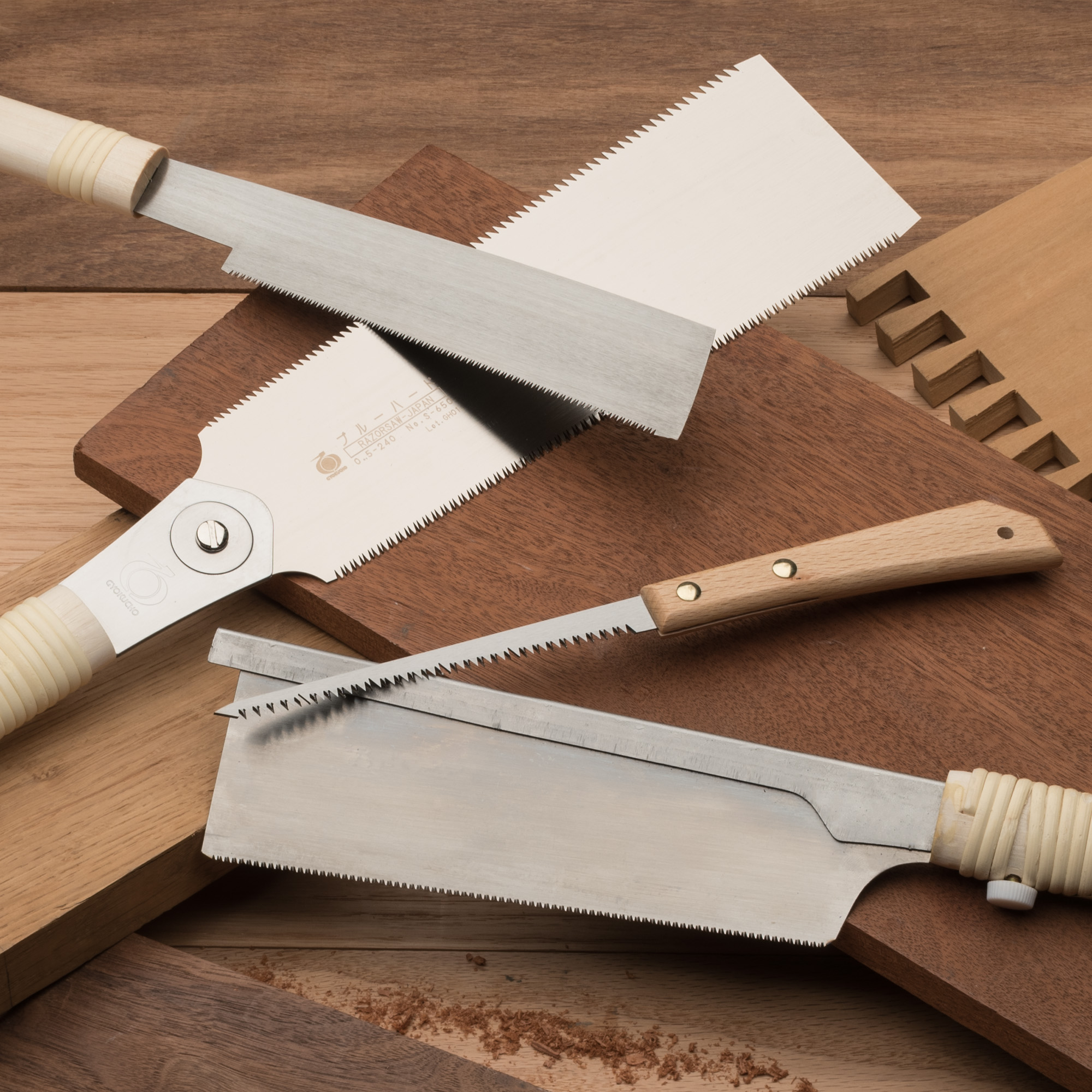
Selecting the Right Hand Saw for Your Woodworking Project
Choosing the appropriate hand saw for a woodworking project involves considering several factors. Firstly, the type of cut required – whether ripping, crosscutting, or creating curves – dictates the basic saw category. Next, the size and scale of the project influence the saw’s dimensions. Larger projects may require longer blades for efficient cutting, while detailed work benefits from smaller, more maneuverable saws. The wood type also plays a crucial role in saw selection. Hardwoods often require saws with finer teeth to prevent splintering, while softwoods can be cut effectively with coarser-toothed saws.
The desired level of precision is another important consideration. For rough carpentry, a general-purpose saw might suffice, but fine joinery demands specialized saws designed for accuracy. The woodworker’s skill level and physical capabilities should also factor into the decision. Some saws, like Japanese pull saws, may have a learning curve but offer exceptional control once mastered. Additionally, the frequency of use and budget constraints influence whether to invest in high-end, professional-grade saws or opt for more affordable options suitable for occasional use. By carefully evaluating these factors, woodworkers can select hand saws that not only meet their immediate project needs but also grow with their skills over time.
Proper Technique: Mastering the Art of Hand Sawing
Mastering the proper technique for using hand saws is essential for achieving clean, accurate cuts and ensuring user safety. The process begins with proper body positioning. Woodworkers should stand with feet shoulder-width apart, maintaining a stable stance that allows for smooth, controlled movements. Grip the saw handle firmly but not too tightly, as excessive force can lead to fatigue and reduced accuracy. When starting a cut, use the thumb of the non-dominant hand as a guide, placing it on the blade near the starting point to steady the saw.
Begin with gentle, short strokes to create a kerf (initial cut) before transitioning to longer, more powerful strokes. Maintain a consistent angle throughout the cut, typically around 45 degrees for most hand saws. Let the weight of the saw do much of the work, avoiding the temptation to apply excessive downward pressure. Focus on maintaining a steady rhythm and consistent pressure throughout the cutting motion. For push saws, the cutting action occurs on the forward stroke, while pull saws cut on the backward stroke. Regardless of the saw type, keep the blade perpendicular to the work surface to ensure straight cuts. Practice is key to developing a feel for different saws and wood types, gradually improving technique and efficiency over time.

Maintaining and Sharpening Your Hand Saws
Proper maintenance and regular sharpening are crucial for keeping hand saws in optimal condition. Clean saws after each use, removing sawdust and any pitch buildup with a stiff brush or cloth. Apply a light coat of oil to the blade to prevent rust, especially in humid environments. Store saws in a dry place, either hanging or lying flat to prevent warping. Periodically check the tension of the blade, adjusting as necessary to ensure straight cuts. Sharpening hand saws requires patience and skill but is essential for maintaining their cutting efficiency.
Begin by securing the saw in a vise with the teeth facing upward. Use a saw set to adjust the set of the teeth, ensuring they are aligned properly. Next, use a triangular file to sharpen each tooth, maintaining a consistent angle and number of strokes per tooth. For crosscut saws, file at an angle to the blade, while rip saws require filing perpendicular to the blade. After filing, use a flat mill file to remove any burrs created during the sharpening process. Test the saw on a piece of scrap wood, making adjustments as necessary. Regular maintenance and sharpening not only extend the life of hand saws but also improve their performance, making woodworking tasks more enjoyable and efficient.
Safety Considerations When Using Hand Saws
Safety should always be a top priority when using hand saws in woodworking projects. Start by wearing appropriate personal protective equipment, including safety glasses to shield eyes from sawdust and wood chips. Work gloves can provide added grip and protection, but ensure they don’t compromise dexterity. Secure the workpiece firmly using clamps or a sturdy workbench to prevent movement during cutting. Never hold the wood with your hand close to the cutting line, as this poses a significant risk of injury.
Be aware of the position of your fingers and other body parts at all times, keeping them well away from the path of the saw. When making cuts, position yourself to the side of the cutting line rather than directly behind it to avoid injury if the saw slips. Maintain a clean, well-organized work area to prevent tripping hazards and ensure stable footing. Keep saw blades sharp, as dull blades require more force and are more likely to slip or bind. When carrying or passing a hand saw, hold it with the teeth facing away from your body and other people. Store saws safely, preferably in a tool chest or on a dedicated rack, with blade guards in place to protect both the saw and users. By following these safety practices, woodworkers can minimize the risk of accidents and enjoy their craft with peace of mind.
Comparing Hand Saws to Power Saws: Pros and Cons
While power saws have become ubiquitous in modern woodworking, hand saws continue to offer unique advantages that make them indispensable for many craftsmen. Hand saws excel in precision work, allowing for greater control and finesse in cutting. They produce less noise and dust compared to their powered counterparts, creating a more pleasant working environment. Additionally, hand saws are more portable and can be used in locations without access to electricity. They also tend to be more affordable and require less maintenance than power tools.
On the other hand, power saws offer significant advantages in terms of speed and efficiency, especially for large-scale projects or when working with harder woods. They can make repetitive cuts with consistency and ease, reducing fatigue on the user. Power saws also typically provide cleaner cuts with less effort, particularly for inexperienced woodworkers. However, they come with higher initial costs, ongoing maintenance needs, and the potential for more severe injuries if used improperly. The choice between hand saws and power saws often depends on the specific requirements of the project, the woodworker’s skill level, and personal preferences. Many craftsmen find that a combination of both hand and power tools provides the most versatility and efficiency in their woodworking endeavors.
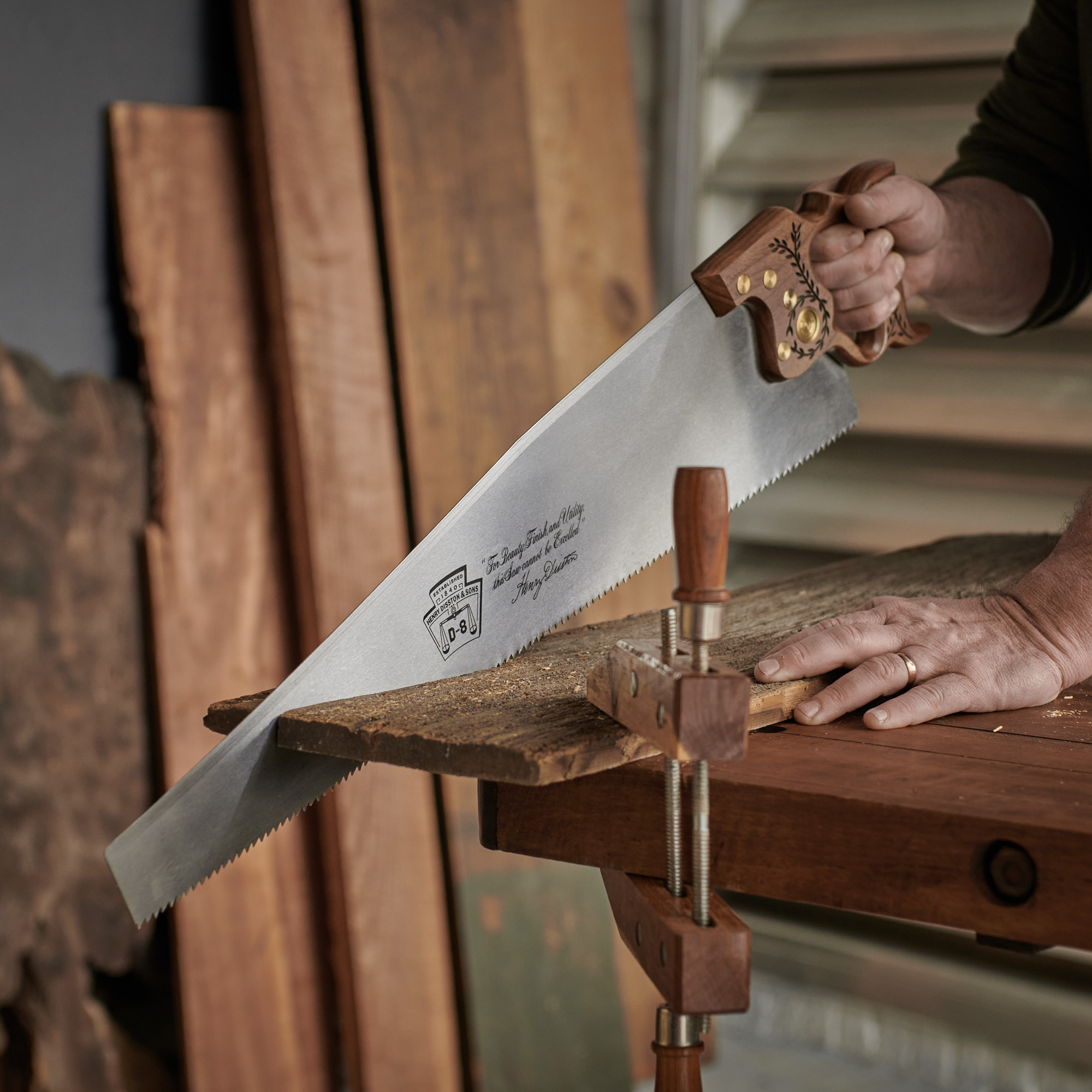
Advanced Hand Saw Techniques for Precision Woodworking
As woodworkers gain experience with hand saws, they can employ advanced techniques to achieve even greater precision and efficiency in their work. One such technique is the use of knife walls, where a sharp knife is used to score a line around the entire workpiece before sawing. This creates a crisp starting point for the saw, ensuring accuracy and preventing tear-out. Another advanced method is the use of bench hooks, which provide a stable platform for crosscutting and allow for greater control over the saw. For joinery work, the technique of sawing to a line on waste wood before transferring the cut to the final piece can significantly improve accuracy.
Experienced woodworkers often develop a keen sense of how different wood types respond to hand saws, adjusting their technique accordingly. This might involve altering the saw’s angle, adjusting pressure, or changing the stroke length to optimize cutting performance. Advanced sawyers also learn to “read” the saw’s behavior, detecting issues like binding or wandering early and making corrections on the fly. Mastering the art of sawing curves with precision requires practice and often involves a combination of different saw types, such as coping saws and turning saws. By honing these advanced techniques, woodworkers can elevate their craftsmanship, producing work of exceptional quality and precision.
The Future of Hand Saws in Modern Woodworking
Despite the prevalence of power tools, hand saws continue to evolve and maintain their relevance in modern woodworking. Manufacturers are incorporating advanced materials and ergonomic designs to improve the performance and comfort of hand saws. For instance, some contemporary saws feature composite handles with vibration-dampening properties, reducing user fatigue during prolonged use. Innovations in blade technology, such as impulse-hardened teeth and specialized coatings, enhance durability and cutting efficiency.
The rise of hybrid saws, which combine traditional hand saw designs with modern materials and manufacturing techniques, offers woodworkers the best of both worlds. Additionally, there’s a growing interest in preserving and reviving traditional hand saw making techniques, with boutique manufacturers producing high-quality, artisanal saws. This renaissance in hand tool craftsmanship is driven by a desire for sustainability, connection to woodworking heritage, and the pursuit of excellence in craftsmanship.
As environmental concerns become more prominent, the eco-friendly nature of hand saws may contribute to their increased adoption. Furthermore, the meditative aspect of using hand tools resonates with many woodworkers seeking a more mindful approach to their craft. As woodworking continues to evolve, hand saws are likely to remain an integral part of the craft, blending tradition with innovation to meet the needs of modern artisans.

